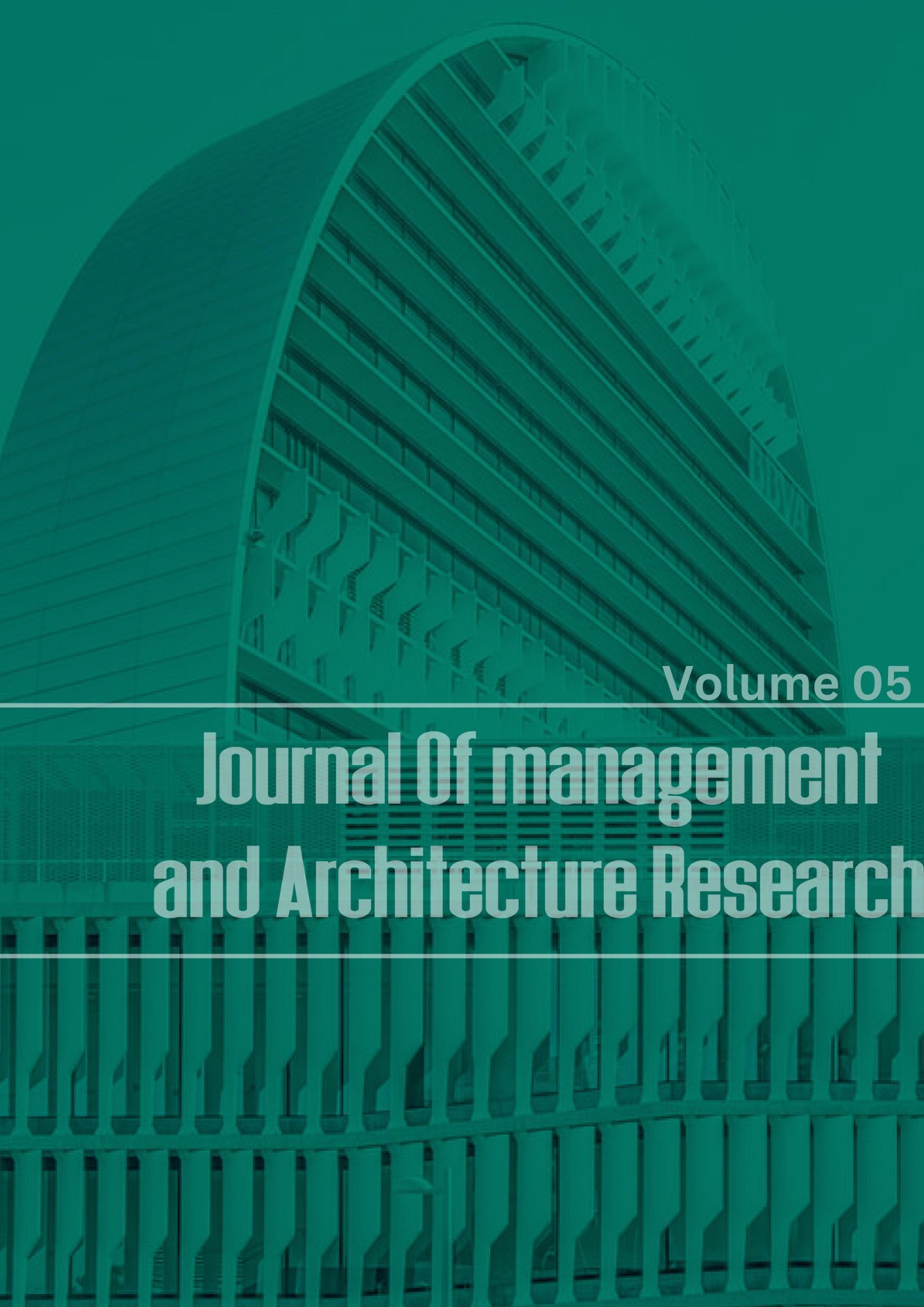
 Articles
| Open Access |
Articles
| Open Access | Analyzing Sustainability Challenges in a Traditional Chinese Water Town as a Hub for Cultural Tourism
Abstract
The UN World Tourism Organization (UNWTO) founded the Indicators for Sustainable Tourism Workshop in China in 2005. (Bao, 2012). To maintain their competitive advantage, the companies involved were urged to plan ahead of time. In 2012, Bao investigated Yangshuo, a popular Chinese tourist destination for sightseeing and cultural tourism, and discovered several issues, including negative impacts on animals and the environment, an abundance of visitors, and negative attitudes toward foreigners (Bao, 2012).
In recent years, several studies have focused on the hospitality and dining industries (Liu et al., 2014; Song and Zhang, 2014; Targeted News Service, 2016). (Fabinyi and Liu, 2014). There have been few studies on tourist sites, particularly those with a cultural focus. Therefore, there has to be more. A study on the long-term viability of China's cultural tourist hotspots. Given the importance of China's cultural attractions to the country's economy, it is critical to investigate ways to promote cultural tourism in a sustainable manner. Cultural tourism accounts for three-sevenths of all international travel and is growing at a 15% annual rate, according to the World Trade Organization (Solimar International, 2015). Sustainable development issues in China's cultural tourism hotspots were also mentioned as future research topics. If the report is to be believed, this is accurate. According to Bao (2012), more tourism destinations could benefit from the UNWTO Indicators for Sustainable Tourism Workshop study, and more academic research on sustainable development in China is needed.
The rapid growth of China's tourism industry made it critical to assess the long-term viability of China's cultural tourist attractions. Previous research on Chinese tourism difficulties rarely sought out or examined visitors' and tourists' perspectives (Bao, 2012; Fabinyi & Liu, 2014; Liu et al., 2014; Song & Zhang, 2014; Targeted News Service, 2016). Ballantyne, Packer, and Sutherland (2011) argue that organizations can learn about current and future issues by assessing their visitors' experiences and happiness.
The best strategy for investigating issues related to sustainability in cultural tourism is to collect and analyze data on visitors' experiences and levels of satisfaction after their visits. The findings of this type of study would be beneficial to both the tourism industry and municipal authorities. The purpose of This study is to look at sustainability issues from the perspective of vacationers.
Keywords
Cultural Tourism, Level of Satisfaction, Cultural Analysis
References
Article Statistics
Downloads
Copyright License
Copyright (c) 2024 YU XIANGXIAN, DR ZURINAWATI BINTI MOHI, DR. ABHIJIT GHOSH (Author)

This work is licensed under a Creative Commons Attribution 4.0 International License.
Download Citations
How to Cite
Download Citation
Similar Articles
- TIE WEIFANG, DR. NIDHI AGARWAL , A Research on the cultural contexts of online learning in Chinese and Flemish higher education putting student and instructor perspectives , Journal of Management and Architecture Research: Vol. 6 No. 01 (2024): Volume 06 Issue 01
- FO MAOZHENG, PROF. ZURINAWATI BINTI MOHI, DR. ABHIJIT GHOSH , An analysis of the effects of growing tourism on the economy and society in China's Fenghuang District , Journal of Management and Architecture Research: Vol. 6 No. 01 (2024): Volume 06 Issue 01
- Dr. Elara F. Cheng, ASSESSING THE SUITABILITY OF CONCENTRATED RESETTLEMENT FOR ECOLOGICAL MIGRANTS IN ARID MOUNTAINOUS REGIONS: A CASE STUDY OF GANSU PROVINCE, CHINA , Journal of Management and Architecture Research: Vol. 7 No. 11 (2025): Volume07,issue11
- ZHANG XIANGHAN, ABHIJIT GHOSH, An exploratory study that focused on Hong Kong shopping centers looked at the connection between impact marketing tactics, promotional elements, and client retention. , Journal of Management and Architecture Research: Vol. 5 No. 11 (2023): Volume 05 Issue 11
- ZHU DONGMEI, DR MOHAMMAD NIZAMUDDIN INAMDAR INAMDAR, DR MOHAMMAD NIZAMUDDIN INAMDAR INAMDAR, A STUDY TO ESTIMATE THE TECHNO-ECONOMIC FELIZABILITY OF LAST HEAT STORAGE AND THERMAL ENERGY TO MAINTAIN THE INDOOR COMFORT LEVEL , Journal of Management and Architecture Research: Vol. 6 No. 02 (2024): Volume 06 Issue 02
- Suriya, Nandita, THE CONVERGENCE OF FUNCTIONALITY AND INCLUSIVITY IN INDIAN INTERIORS: A UNIVERSAL PERSPECTIVE , Journal of Management and Architecture Research: Vol. 7 No. 09 (2025): Volume07 issue09
- Dr. Deepak S. Menon, HARMONIZING FUNCTIONALITY AND INCLUSIVITY IN INDIAN INTERIOR DESIGN: A UNIVERSAL APPROACH , Journal of Management and Architecture Research: Vol. 7 No. 04 (2025): Volume 07 Issue 04
- XU HONGMEI, DR MOHAMMED SALEH NUSARI DR MOHAMMED SALEH NUSARI, DR HJ ARAZI BIN IDRUS, An analysis of the ecosystem health in aquatic habitats using quantitative remote sensing, with a focus on China's Heihe River Basin , Journal of Management and Architecture Research: Vol. 6 No. 01 (2024): Volume 06 Issue 01
- WANG LU, DR. ZULKARNAIN A. HATTA, Revival of jazz from historically china: yellow music to jazz , Journal of Management and Architecture Research: Vol. 6 No. 01 (2024): Volume 06 Issue 01
- ZHANG JIANJUN , AMIYA BHAUMIK, An analysis of the effects of strategic knowledge management as seen from the performance perspective of a manufacturing firm , Journal of Management and Architecture Research: Vol. 5 No. 11 (2023): Volume 05 Issue 11
You may also start an advanced similarity search for this article.
Most read articles by the same author(s)
- ZHAO KUN , DR. ABHIJIT GHOSH DR. ABHIJIT GHOSH, A strategical examination of relationships' importance in the application of a guanxi-based strategy for doing business in china , Journal of Management and Architecture Research: Vol. 6 No. 02 (2024): Volume 06 Issue 02
